Digital Video Ad Measurement, Optimization & Social Impacts
Part 1 was focused on how digital ideas need to be tied to business opportunities with applications in digital advertising. Digital advertising has been around for decades in the form of static ads but it took off when digital video advertising started to become mature. In the early days the issues with digital video ads were much more than technology. Firms needed to evolve to deliver, sell, measure and monetize the digital video ads and determine the appropriate approaches so they were generating incremental revenue and not cannibalizing from other channels.
Digital Video Ad Measurement Standardization
Now that we are in a fully digitized world the process to measure the effectiveness of all digital ads (static and video) is much easier however standards need to be put into place so measurement approaches are consistent. The Interactive Advertising Bureau (IAB) helps in setting those standards and ground rules so advertisers can better trust performance metrics received from multiple publishers. In fact, the IAB has a couple of upcoming town halls scheduled on this subject:
- New Rules for Digital Media: Addressability & Measurement
- New Rules for Digital Media: Addressability & First Party Data .
The IAB issues compliance seals to publishers for various guidelines including ad-formats and impression measurement. This is not strictly enforced but having a central bureau that both advertisers and publishers can interact with is important.
Digital Video Ad Measurement Approaches
There are several types of digital ads but many can be categorized into branding (awareness) and direct ads with a clear call to action. In the past ad click through rate (CTR) tended to be the primary metric as that showed a direct engagement but over time both the publishers and advertisers have been moving to other digital video ad engagement metrics. .
The IAB launched an anti click-through rate day to highlight the over reliance on clicks to measure digital ad effectiveness. This does not mean that CTR should not be used as for certain types of campaigns it is still a good measure of performance but it only tells part of the story as an ad will have an effect beyond when the consumer initially was served that ad.
Several attention metrics are available when measuring digital video ads and they include total ad views and unique users viewed. Additional options include measuring ad starts, ads that were 50% complete and completed ads. These metrics work well especially for awareness or branding campaigns where a specific call to action is not present.
Whether an ad is viewable is important as well. Two good metrics which when combined provide visibility into total awareness of the digital video ad are:
- Total users who viewed the ad
- Viewable Video Completion Rate: This is calculated by taking the percent of users who viewed the video and multiply by the average video ad completion rate.
Unique eyes who have seen the ad better correspond to how the advertiser pays for the digital video ad on publisher sites as well as they primarily pay based on a CPM basis (cost per thousand ads viewed).
Targeting & Optimization
Targeting options on publisher sites have evolved over time. Traditional targeting like domain types, age, geography and gender may be available but the publishers know that advertisers truly want an audience with an affinity for their product(s) so publishers have segmented their digital users based on known behaviors that may align to the affinities the advertisers are interested in.
Optimization and understanding if campaigns (and individual ads) are working typically requires media impact analyses and media mix models. These techniques determine the incremental revenue impact when the campaign was live and the residual impact over time due to the increased awareness. See part 1 of this series for more details on optimization.
Social Impacts & In The News
Facebook has recently seen a backlash on their approach and techniques to drive incremental user behavior which in turn drives additional advertiser revenue. According to an individual who used to work within the Integrity Team, Facebook chose profits over suppressing negative content and hate speech that could help enable the escalation of cyber-bullying and poor actions. Not suppressing hate content in those groups that attacked the U.S. Capitol was one cited example.
This is another challenge for certain publishers, and not only Facebook. Measurement, optimal targeting and algorithms can help maximize advertising revenue but they need to be continually assessed to ensure they do not result in a negative impact on individuals, groups or society in general. Senior Executive performance at public companies is gauged primarily on revenue and stock value so it is hard to imagine that this will not be an ongoing struggle, however the extreme examples such as hate group content can and need to be suppressed.

